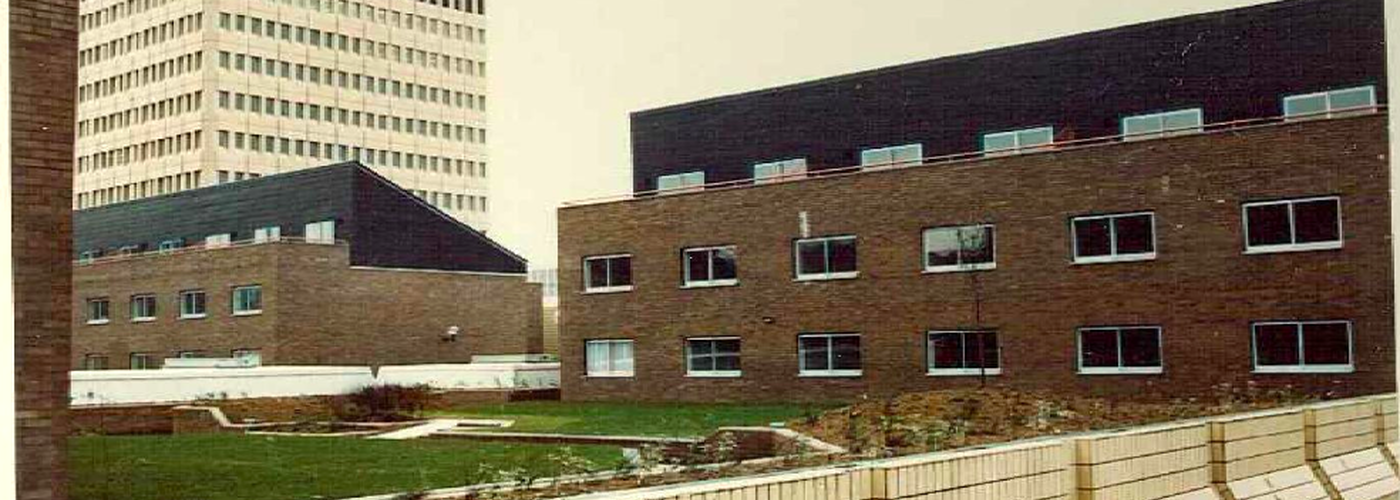Hayley Flynn on the shopping centre's forgotten flats and the beat clubs that came before
In 2012 the news that villas had been built on the roof of a shopping mall in Zhuzhou, China sparked excitement across the world, with the concept being labelled as the future of urban planning. However, this future had already been realised, in 1981, on top of Manchester’s Arndale Centre.
Cromford Court, known to tenants as ‘the podium’, was a housing association venture by Manchester City Council. In all there were 60 flats on the rooftops of the Arndale Centre and they were inhabited on and off from 1981 until 2003, when they were demolished soon after as part of a redevelopment brought on by an IRA bomb in 1996.
The beat clubs that saturated the area before the Arndale were the cause of much concern for the authorities
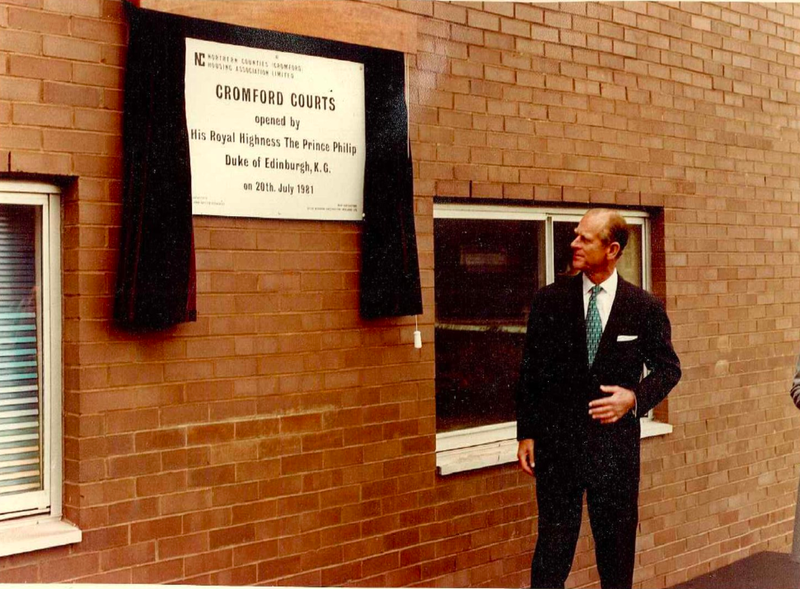
Speaking about the flats, former Hacienda DJ Graeme Park said: "Not long after I started DJing at The Hacienda, Mike Pickering moved to one of the flats above the Arndale Centre in Manchester.
"In 1988, I used to stay at Mike’s and I had my own room. I’d roll up to his every Friday and park my car in the Arndale’s multi story car park and get the lift from the street up to the roof. It was weird, because you’d expect a great view, but the flats weren’t as high up as people thought. You could see some of the city and look down at people on the street whilst walking from the lift to Mike’s flat, but once inside you couldn’t see anything but the lift.
"There were two bedrooms and a bathroom downstairs and a living room and kitchen upstairs, if I remember correctly. The ground floor of Mike’s flat was very dark and upstairs quite bright. We had some great nights in there after finishing The Hacienda at 2am.
"On Saturdays, I’d often get the lift down to the shops before heading back to Nottingham. Well, until the lift stopped between floors. I got the foul smelling stairs after that. In fact, to this day I’ll always use the stairs if I can."
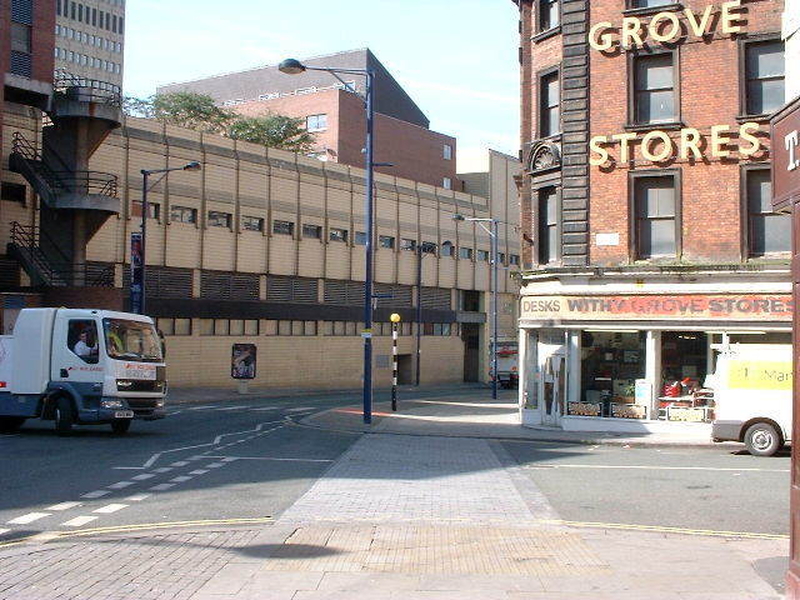
Cromford Court was named in tribute to the area that existed prior to the shopping centre, which razed it to the ground. A city surveyor in 1962 said that Manchester was “crystallised in its Victorian setting“ and the dense, dirty collection of Victorian buildings on what is now the Arndale site were presented as a maze of inequity.
The beat clubs that saturated the area before the Arndale was built were the cause of much concern for the authorities. As unlicensed, members-only venues they didn’t have to abide by the same legislations as licensed public venues. This meant, as well as a haven for undesirable characters, runaways and around the clock opening hours, a prevalence in drugs such as Purple Heart amphetamines and a constant haze of marijuana smoke.
A surveyor's report from 1962 states: 'They go by different names—coffee and dance clubs, beat clubs, jazz clubs and the like. They are clubs at which refreshments of the coffee, snack and soft-drink variety are available, and they offer evening and often all-night entertainment in the form of "pop music"'
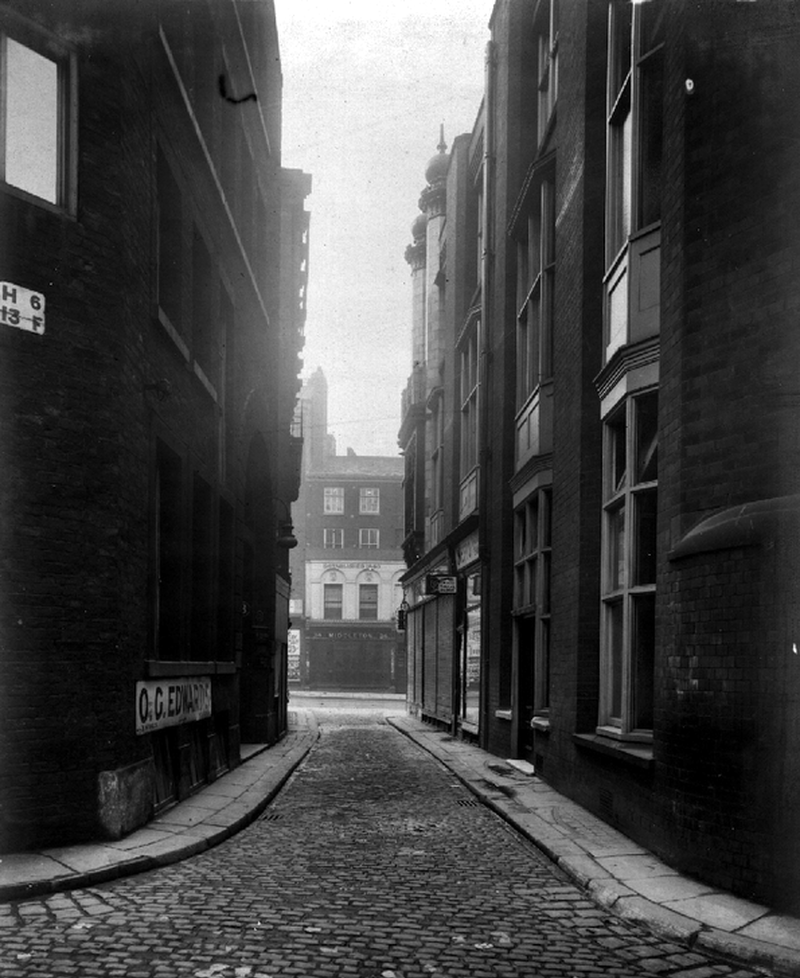
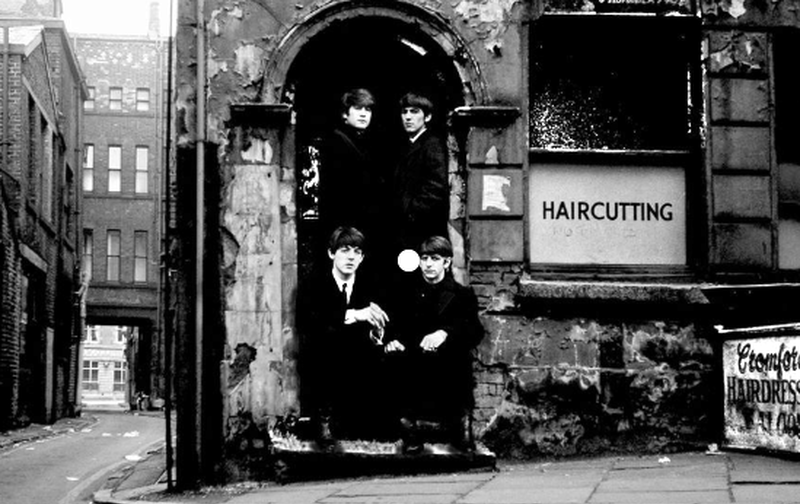
One of the most notable of the clubs in the area was The Magic Village, the owner of which would later move to the eponymous rooftop houses. Also known as The Cavern, it was a leaky venue with a rope swing on the dance floor, it saw the likes of Pink Floyd, David Bowie and Jethro Tull grace the stage.
It was decided that even the innocent who went with good intentions would “slide into the evils which these clubs purvey”.
In 1965 the Manchester Corporation Act was passed meaning that the clubs could be closed without reason. At the time Manchester had 250 beat clubs, by 1967 it had just three.
It consists of a dilapidated detached house which looks something like a Tennessee Williams set with Manchester rain added...

Parliament discussed the act two years on as part of the Private Places of Entertainment Bill. Quoting an article from The Times (May 12, 1965) about the classification of the clubs in the area, Lord Parker of Waddington said:
"Club No. 1 would satisfy anyone. It is well decorated and even looks clean when the main lighting is switched on. It has fire exits, closes before midnight, and is run by a manager who insists on reasonable dress and cleanliness and who has often helped parents to trace missing children. There are several beat clubs of this standard in the city and most people will be happy if legislation brings them all near to it. He went on to describe Club No. 2 and Club No. 3, and at the bottom of the list he described Club No. 4. It …consists of a dilapidated detached house which looks something like a Tennessee Williams set with Manchester rain added. It is surrounded by a rubble and litter-strewn yard labelled ‘Car Park’. Juveniles are supposed to leave at 11 p.m., but the house is open all night, every night, until 6 a.m. Recently a girl of 17 was arrested there after she had stabbed a boy of 16 in the back. We do not need to close down Club No. 1 in order to eliminate Clubs Nos. 2, 3 and 4, and it is good to see that this Bill is drafted in such a way as to enable local authorities to have discretion"
The discretion the local authorities exercised was the same discretion that saw 250 clubs become three. It seems a very brutal move and perhaps, when you consider that both the plans to clear this area had long been mused over and that it was eventually through compulsory purchase orders that the area was cleared for the Arndale, one not without ulterior motives.
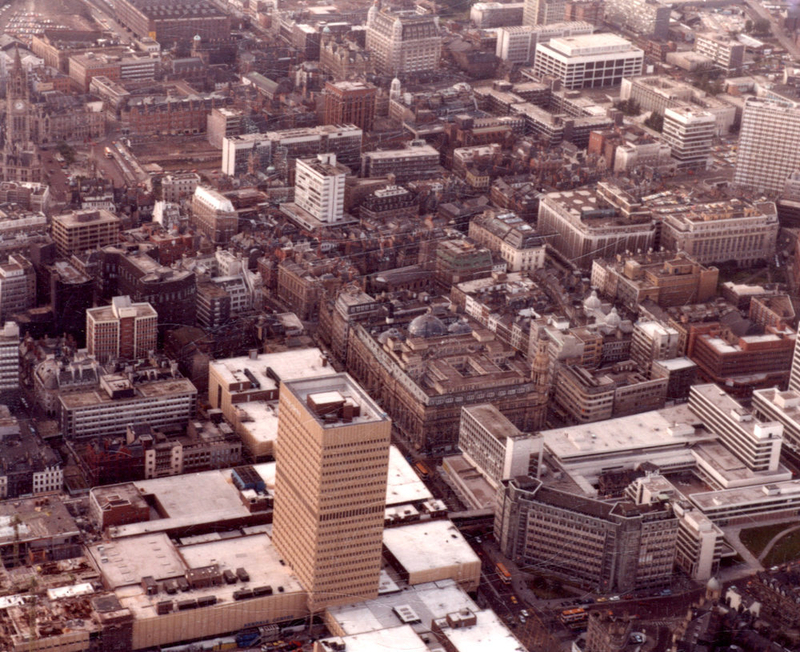
The people who lived their lives here were at a loss, it wasn’t about losing the streets but the loss of their sense of freedom and bohemian way of life. The facelift that modernised the main thoroughfare was done so at the cost of a burgeoning scene. Even today, now that the surrounding Northern Quarter area has flourished quite in spite of the Arndale development, there’s still that feeling that we’re chasing after something that was lost.
Today the Arndale Centre is the third largest city centre shopping mall in Europe. When it was built in the 70s it cost £100m. After the IRA bomb, which was detonated from a van just outside, the insurance payouts made the attack the most expensive man-made disaster ever. The redevelopment that followed in the wake of the attack gave Manchester a chance to rebuild and improve the area, but despite this the Arndale still regularly makes the lists of ‘most ugly’ and ‘least loved’.
The rooftops dwellings, the new Cromford Court, were eventually demolished after many years of uncertainty that had followed in the wake of the 1996 attack. The houses were not a part of the city’s vision of a new Manchester.
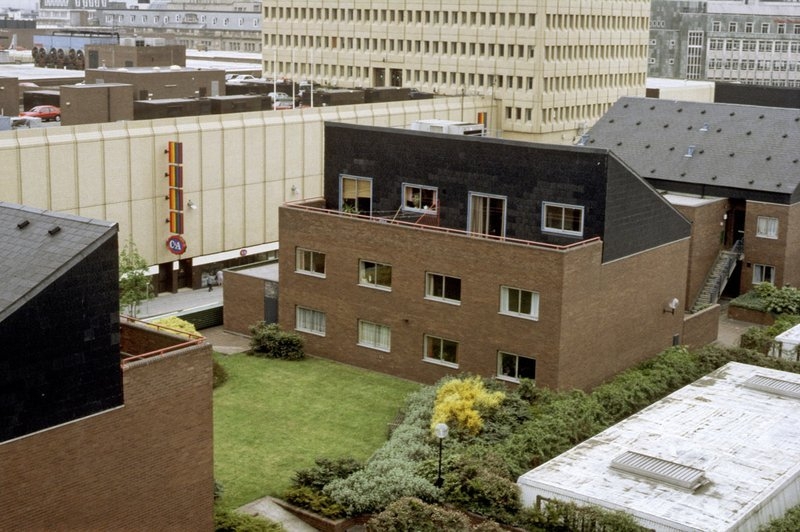
For all the ideals the rooftop location presented it did have its downfalls - the financial handling of the company was peculiar and often unfair, the area was lively and thus the go-to spot for parties which, although not a problem in itself, left the area open to crime (as with the Cromford Court that came before).
Around Cromford Court’s peak in the late 1980s Manchester’s city centre population was fewer than 1,000 - it's now somewhere in the region of 40,000. According to a recent crane survey by Deloitte, by the end of 2021, there will be more than 100,000 people living in the city centre region. That's a spectacular rise.
To enable this growth the city centre has witnessed a flurry of skyscrapers - it seems that the abundance of empty units in quite remarkable old builds are being brushed aside in favour of a glazed (and mostly unimaginative) myriad of buildings. But there was a time the city, if not a little misguided, was fundamentally more innovative than that.
This article was first published on The Skyliner. Follow Hayley Flynn on Twitter for info on city tours and interesting Manchester stories @skylinermcr
Images credits: Manchester Libraries and Guinness Northern Counties





